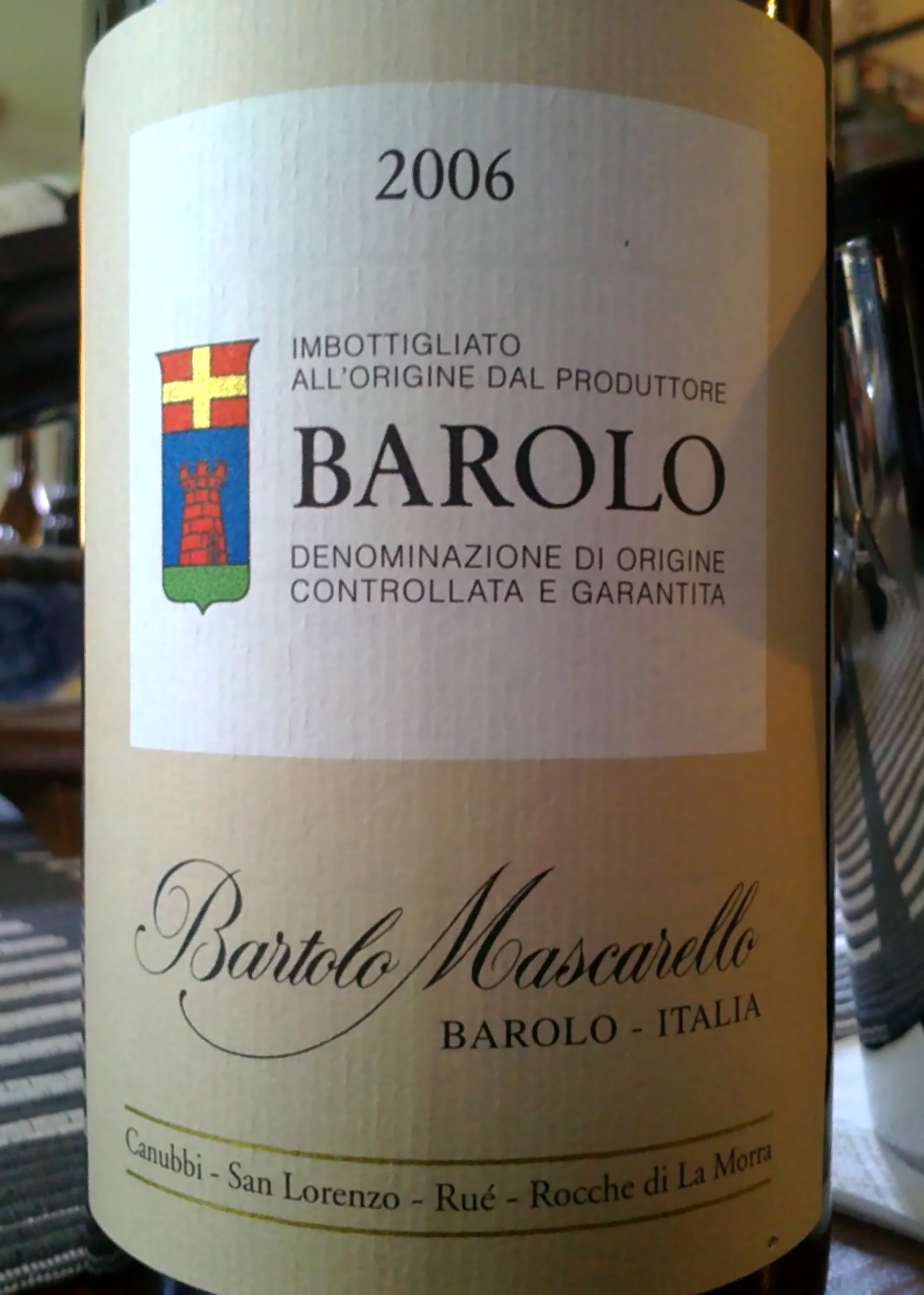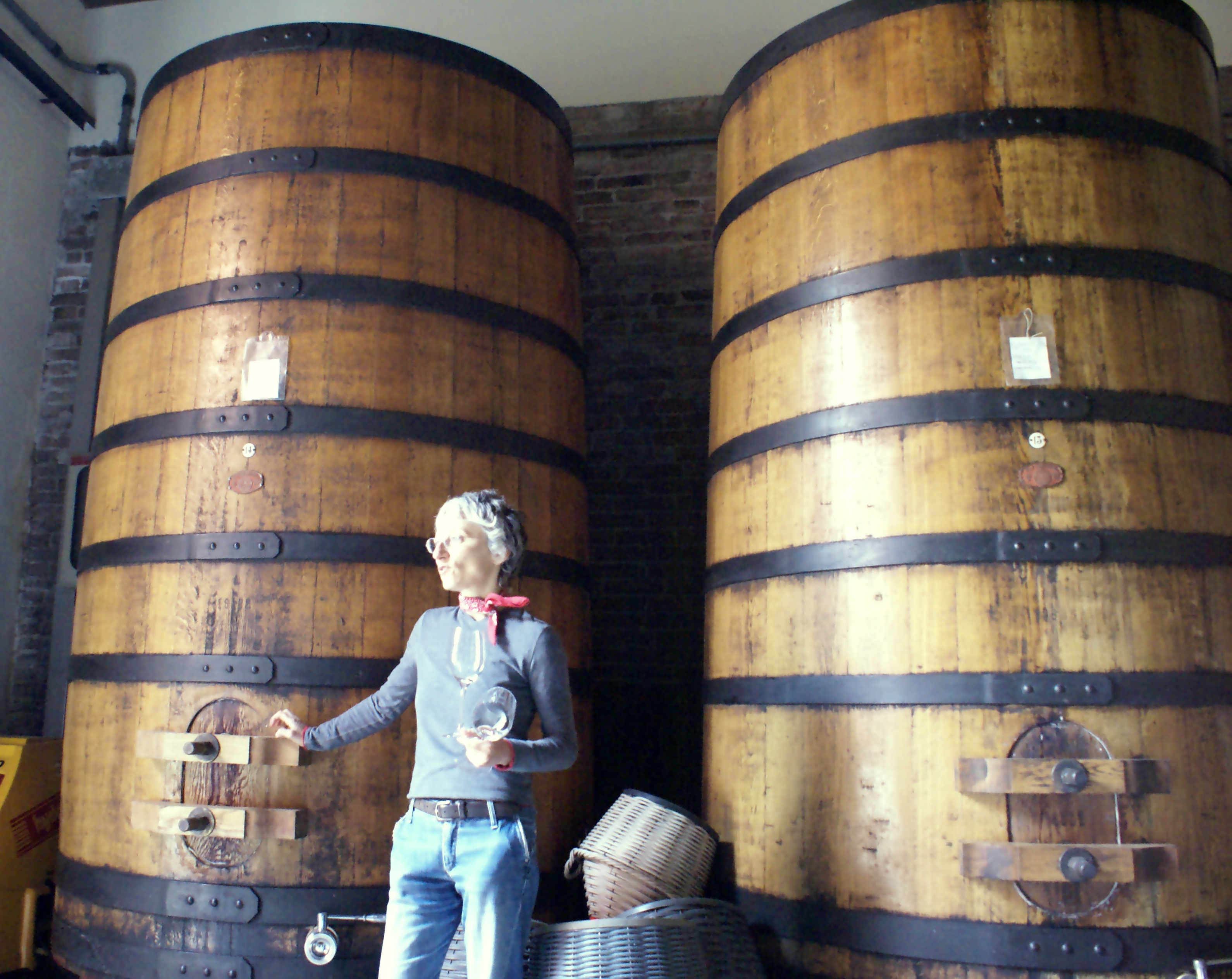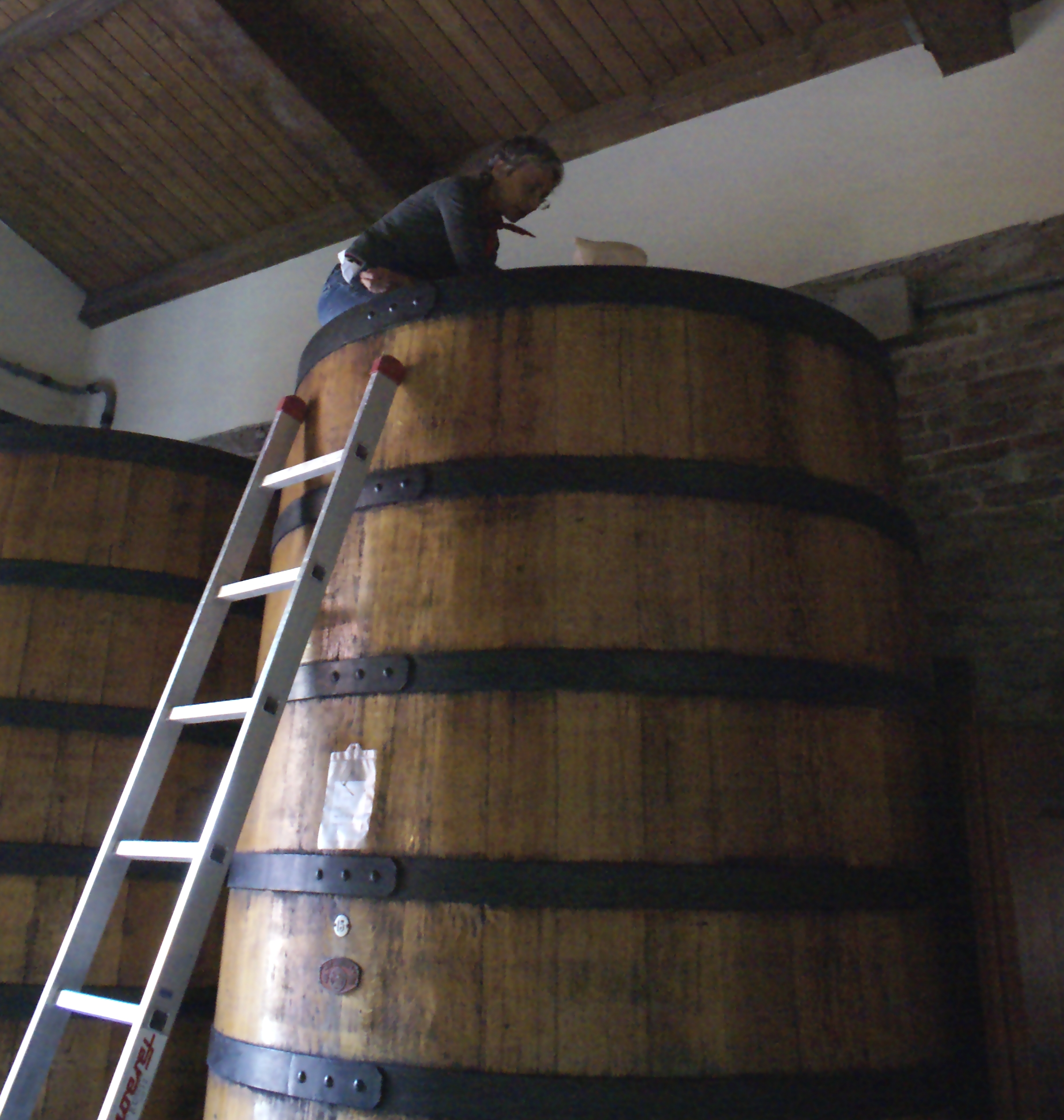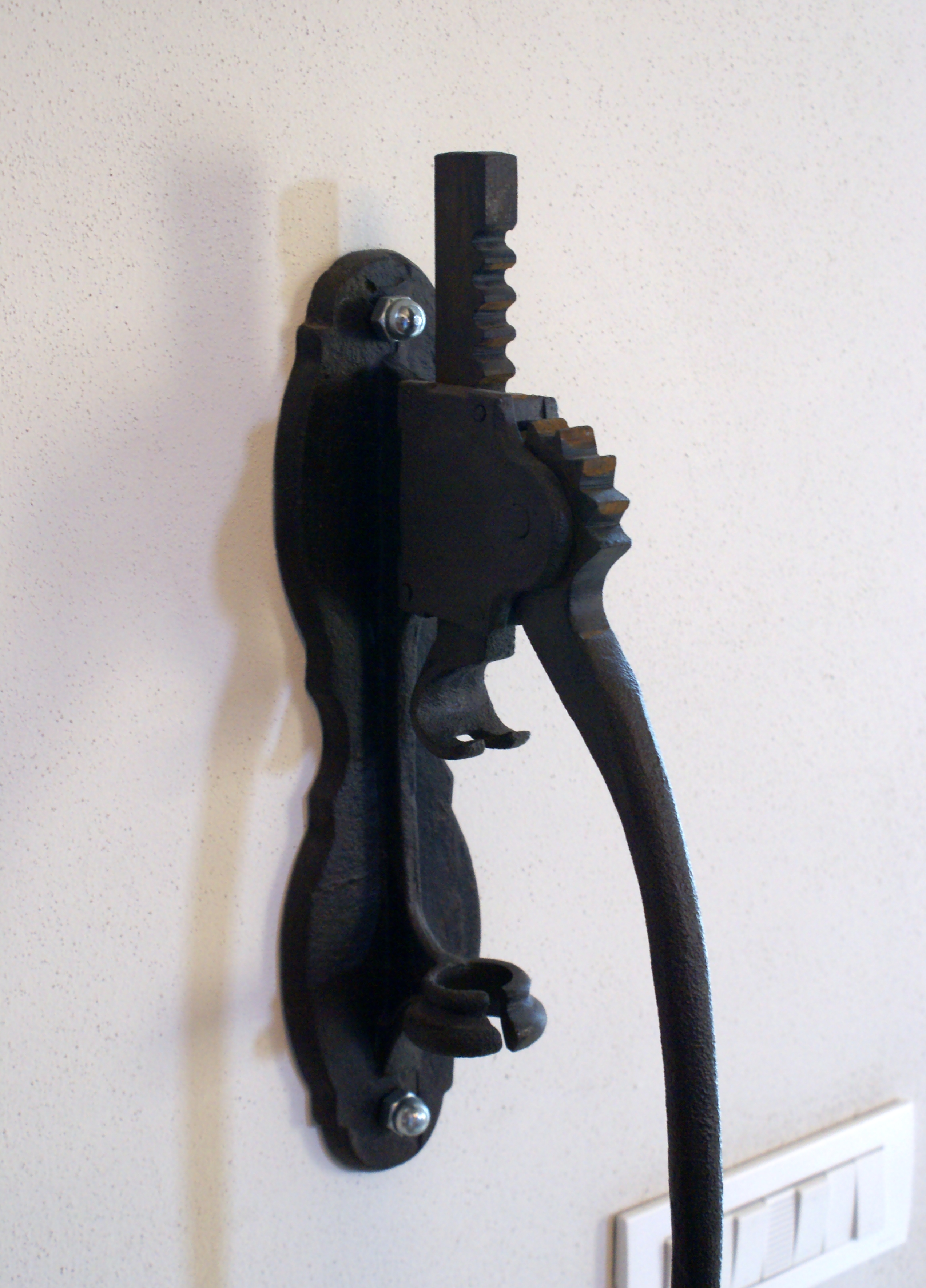Bartolo Mascarello: tradition goes on
Posted on 18 May 2011
Barolo has a special status among Italian wines. Chianti might boast more landscape romance and Falerno a more illustrious ancient Roman history but no other production area in Italy has continuously produced wines of excellence since the mid-19th century. Its destinies in recent decades were driven by a series of great personages including Bartolo Mascarello, the unquestioned king of Barolo who not only produced innumerable great vintages through the 1960s, 1970s and 1980s but was also a great character at the centre of Piedmontese cultural and political life.
I had the honour of meeting the great Bartolo twice in 2001 and 2004. He always retained extremely lucid ideas about what good traditional Barolo is about: structure, ageworthiness, elegance and typicity. He remained a fervent advocate of vineyard blending (no cru bottlings here) as well as an unrushed fermentation in large concrete tanks and long ageing in large oak. Bartolo’s thoughts about modern vinification and barrique ageing were expressed in one of his hand-drawn labels that famously said “No barrique, no Berlusconi”.
Bartolo passed away in March 2005. His daughter Maria Teresa duly succeeded him. Exactly as with Roberto Conterno, her reverence towards her father is expressed by changing absolutely nothing from his way of making the wines. Maria Teresa sees herself as a custodian of the long tradition of Barolo making. The only minor cellar adjustment (other than periodically replacing the oak casks) has been the introduction of a peristaltic pump for a softer transfer of musts and wines.
Things do change, however. The recent string of warm vintages has slowly engendered a stylistic evolution of the Mascarello wines. Ten years ago, the Barolo was fiercely tannic in youth and was best approached after 15 years in bottle (I have fond memories of the 1984 and 1986 tasted in those times). Today, the wine Maria Teresa puts into bottle is soon delicious to drink and its tannins wouldn’t put off even a relative beginner. 2007 is a case in point. It was a sunny unproblematic vintage producing wine with good fruit, yet wasn’t particularly hot so the Mascarello Barolo’s softness reflects a general evolution of style rather than a one-off exception, as you could have thought tasting the similarly composed 2003. 2006 is also a lovely glass today; it is perhaps the most complete of recent vintages (2009 looks very promising from barrel, more so than the lighter 2008). I also preferred, surprisingly, the 2000 to the 2001.
I generally see Maria Teresa more relaxed than ever in the past while we chat about the current state of affairs. The other bottlings here, Dolcetto, Barbera, Nebbiolo (structured but essentially a drink-me-now interpretation of the grape) and the traditional, ever-so-slightly fizzy Freisa all testify to this new sense of maturity and openness about the Mascarello style. She might remain fiercely independent and still refuse to use accessories of the hectic modern lifestyle such as a pulltap corkscrew, a mobile phone and even an e-mail address (most of the 20K bottles are sold at the door and Maria Teresa write all receipts by hand), but as she consolidates her reign as Queen of Barolo, Mascarello does so more with magnanimity than with high-brow austerity. I like this new flavour to her Barolo.
Disclosure
My trip to Piedmont including flights, accommodation and wine tasting programme is sponsored by the Albeisa association of wine producers.





